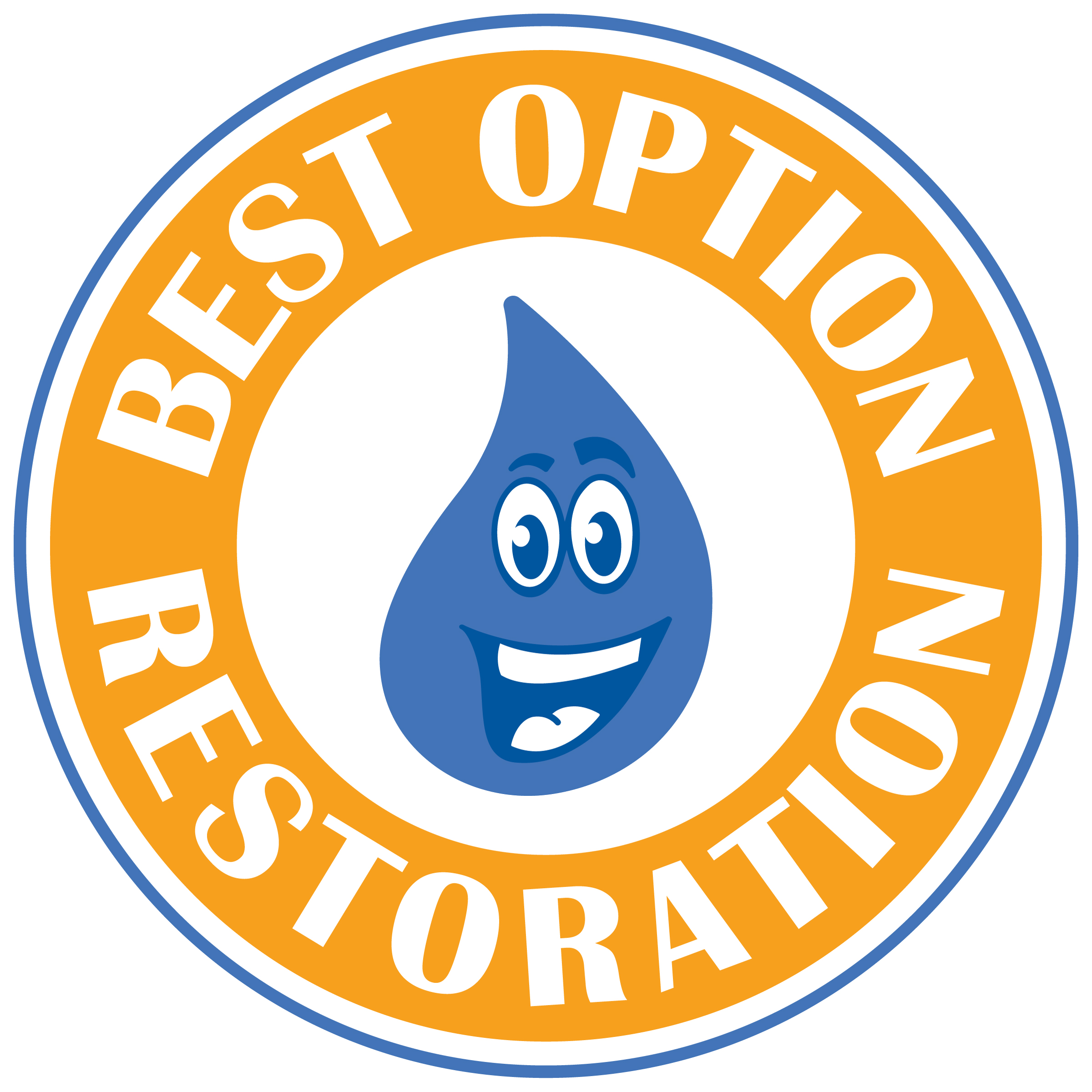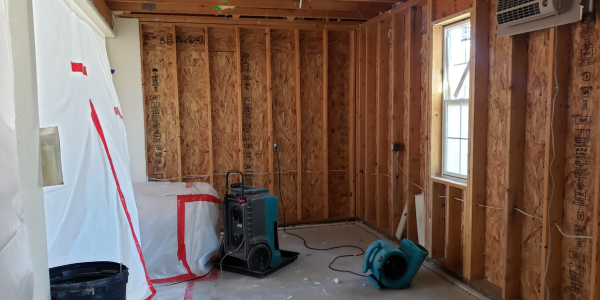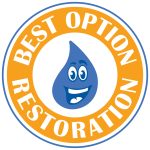When disaster strikes—whether from flooding, fire, or storms—local businesses feel the shock deeply. The speed at which disaster restoration happens plays a critical role not only in returning the business to normal but also in stabilizing the economic health of the surrounding community. Timely restoration doesn’t just patch up buildings; it shields livelihoods, guards against widespread layoffs, and keeps commercial lifelines from collapsing. This piece focuses on the deeper financial benefits of early restoration efforts and how they reinforce economic recovery and local business resilience in towns and cities affected by disasters.
Rapid restoration limits revenue loss
When a business suffers downtime due to disaster damage, every hour that passes can cost thousands in missed revenue. These losses can compound quickly: scheduled contracts are cancelled, customer trust weakens, vendor relationships become strained, and sales dip with each passing day. Timely disaster restoration curbs these effects by reducing closure periods and allowing companies to resume partial or full operations much sooner. Even the basic step of stabilizing a property, like temporary roofing or water extraction, limits compounding damage and gets the business back into closer contact with its customers.
Downtime also affects logistics and supply chains. A restaurant that can’t open its doors doesn’t place weekly orders. A manufacturing plant that halts production delays wholesale shipments. This disruption flows outward into other sectors—shipping services, product vendors, sanitation providers, and others all experience revenue shrinkage. Fast restoration breaks the chain and prevents an economic ripple from turning into a wave.
Job retention depends on timely reopening
Jobs are the heartbeat of any local economy. So when disaster leaves stores shuttered and offices non-functional, employees face uncertainty. Without quick recovery efforts, employers may be forced to cut hours, furlough workers, or eliminate positions entirely. Families suffer not just economically but emotionally.
A rapid response helps employers keep staff engaged. Temporary setups or partially restored buildings allow business owners to keep their teams active, even if at a reduced capacity. For example, a small accounting firm displaced by a flood may resume operations from a temporary setup while restoration unfolds at their main building. The ability to continue even part of their service means they don’t send workers home indefinitely. Swift restoration keeps payrolls running and trust intact between employer and employee.
Supporting local suppliers and contractors
When restoration begins quickly, local contractors and suppliers often benefit first. Plumbers, electricians, flooring experts, carpenters, and cleanup crews are among the first responders to commercial properties in need. Hiring locally for these jobs keeps funds within the community, enhancing its short-term economic stability while contributing back to tax revenue and spending cycles.
This creates a secondary layer of protection: as affected businesses start to heal through restoration, the contractors involved gain work opportunities. That income allows them to sustain their own operations, creating a loop of mutual survival. In smaller or rural towns, this kind of economic interaction is a primary factor in local business resilience, keeping a higher percentage of insurance or aid payouts circulating close to home.
Minimizing long-term economic shifts
If a business remains closed for too long, permanent economic shifts can take hold. Competitors may absorb market share. Customers form new shopping habits. Employees find new jobs. Rebuilding becomes not just a matter of structure but of starting over in every sense. This process is far more costly, takes longer, and often results in reduced productivity even after the full restoration is complete.
Early action disrupts this problem. For instance, a family-owned grocery store impacted by a windstorm can open a limited storefront within days of initial cleanup. Even without full stock or interior repairs, being available reminds the community of the store’s presence and reliability. Maintaining consumer patterns avoids replacement by big-box chains or online alternatives. Keeping familiar services accessible helps restore public confidence as well, particularly in communities that rely deeply on their local options for food, medicine, and banking.
Insurance partnerships rely on speed
Insurance payouts often move faster and more favorably for businesses that demonstrate initiative in starting restoration quickly. Insurers are more likely to fund repair costs at full value when they can confirm swift mitigation of damage. Businesses that wait too long—risking mold buildup, structural weakening, or secondary losses—may find their claims adjusted downward under clauses of preventable loss.
In economic terms, this affects the volume of money reintroduced into the community. Insurance payouts can be one of the most immediate sources of working capital after a disaster. Fast restoration helps confirm the extent of original losses before they worsen, speeding up approvals and transfer of funds that get businesses, contractors, and suppliers all moving faster in their financial recovery.
Restoration reduces strain on public resources
Businesses that recover quickly reduce the support burden on local governments and community aid organizations. Every business that remains closed longer than necessary creates increased demand for emergency grants, subsidies, loan forgiveness, or even direct assistance to unemployed workers. Municipalities often stretch beyond their budgets when many businesses need help at once.
With timely restoration efforts, business owners can reestablish autonomy sooner, reducing reliance on disaster relief programs. For local governments, that means more bandwidth and funding to help others who may not be easily restored, such as uninsured households or nonprofit facilities. The pressure points ease when businesses can self-recover quickly, often restoring their own tax contributions in short order.
Supporting neighboring small businesses
One local business bouncing back quickly can anchor support for others nearby. If a coffee shop reopens within days of a disaster, nearby foot traffic resumes. Neighboring stores benefit from residual traffic and neighborhood revival. A restored business becomes a beacon of momentum, encouraging others to begin their recovery even if they face red tape or morale issues.
Community morale rises as customers see their favorite spots reopen. Commercial streets avoid languishing into empty stretches that invite crime or discourage investment. One building back in operation creates safety signals that investors notice. New businesses are more likely to take over empty spaces when evidence shows others have weathered the storm and recovered efficiently.
Case studies show clear patterns
In towns hit by hurricanes or major floods, restoration speed often correlates with economic bounceback. After a hurricane damaged businesses across a coastal district, those with pre-arranged restoration agreements reopened in half the time of those who had to scramble for help. These businesses retained most of their employees, kept loyal customers from drifting, and secured more reliable payouts from insurers.
Another example involves a Midwest city whose downtown was hit by a fire that spread across a block of shops. The few that had immediate restoration work begun within twenty-four hours were the only ones to reopen within two months. The rest sat idle for nearly half a year, some never returning. The open businesses regained their customer base quickly, acted as hubs for community information, and eventually led cooperative efforts around promotional events to bring traffic back downtown. The speed of their recovery wasn’t just about insurance—it was about their entire economic footprint for the zip code.
Pre-restoration planning as protection
Timely recovery often starts before a disaster hits. Businesses that work with local restoration companies to lay out emergency plans, agreements, or readiness tools have a major advantage. Restoration firms often provide mapping, property inspection, and priority scheduling so that when the time comes, there is no delay.
This planning is an often overlooked investment in economic stability. Even if the cost seems unnecessary at the time, it reduces the time during which revenue stops flowing. It lowers the risk of asset devaluation. It protects relationships with customers and vendors. For businesses that are anchors in their community, such preparation can influence whether entire blocks of commerce return to life or fade out permanently.
Timely service equals economic resilience
Swift damage restoration plays a clear role in preserving the health of a local economy after disaster. Beyond structural concerns, fast action keeps employees on payroll, vendors in business, and communities confident. Preventing long vacancies, avoiding replacement by outside competitors, speeding up insurance collections—all these outcomes support economic strength not just for the individual company but for the town or city as a whole.
When local restoration companies act quickly, both the business and surrounding economy benefit. Restoration isn’t just cleanup—it’s recovery in economic terms. One business reopening can mean dozens of jobs continue, several suppliers stay active, and entire neighborhoods avoid the snowball of economic loss.


